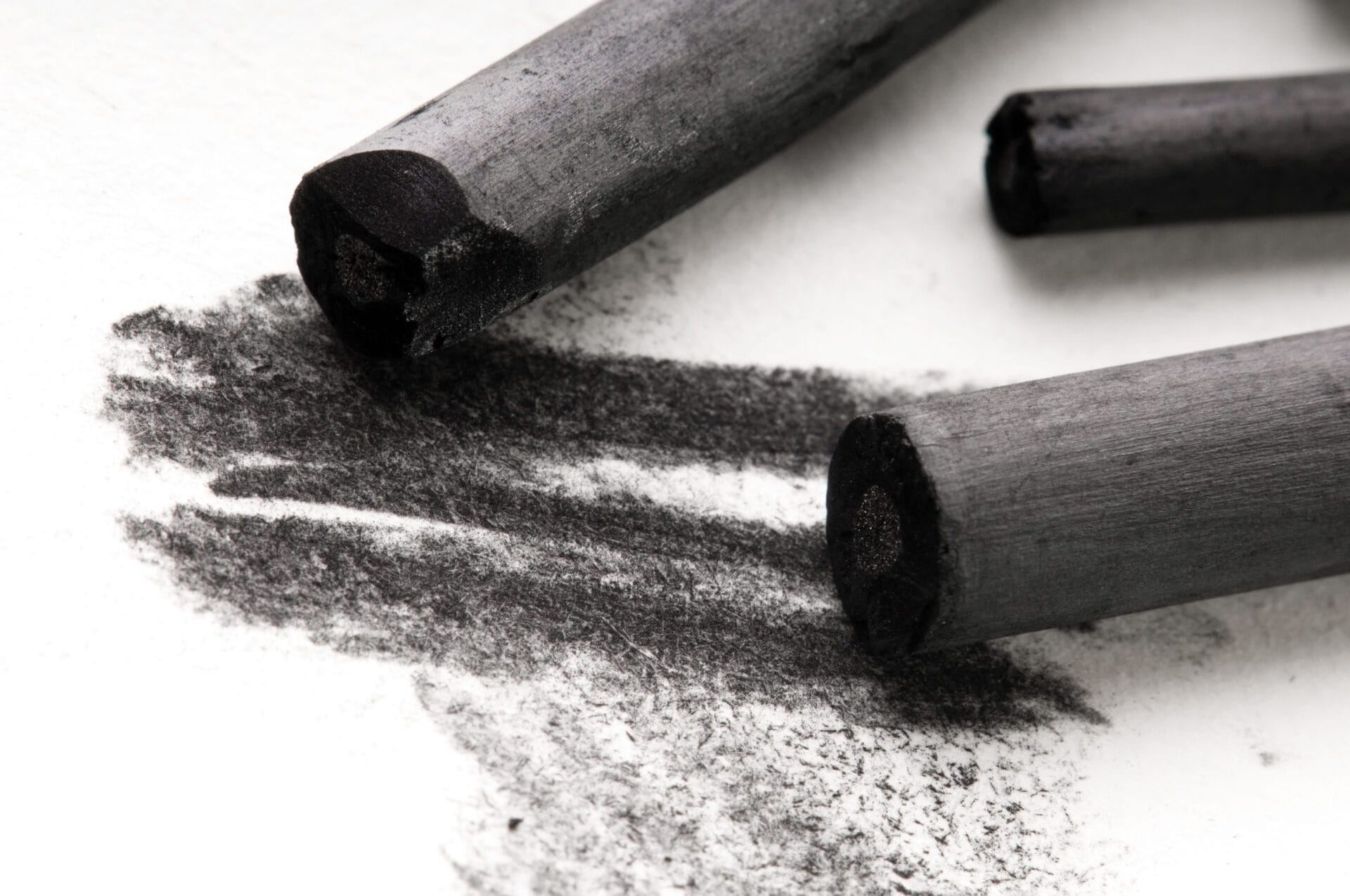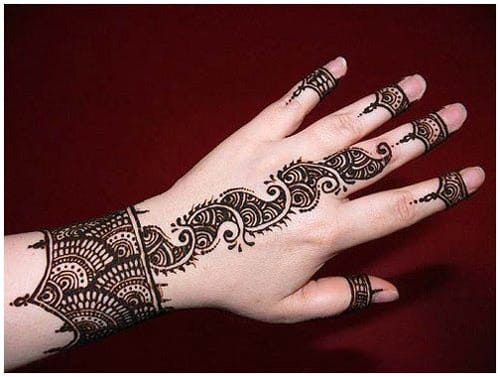Before we delve into the actual drawing, it’s imperative to understand the anatomy of the eye. The human eye is not just a simple oval shape; it is a complex structure comprised of the sclera (the white part), the iris (the colored part), the pupil (the black dot in the center), and the eyelids that frame the eye. Familiarizing yourself with these parts will make it easier to draw an eye that is realistic and expressive.
Understanding the Anatomy of the Eye
Materials You Will Need
To start drawing, you’ll need a few basic materials:
- Pencil (preferably a range from HB to 4B)
- Eraser
- Drawing paper
- A good source of light
- An optional blending stump or your finger for shading
- A mirror on a stationary pedestal to observe your eye
The Basic Eye Shape
Begin with a light sketch to lay down the basic eye shape, which resembles an almond. When drawing the outline, keep in mind that eyes are not flat; they have a slight curve to account for the spherical shape of the eyeball.
Also, note that the inner corner (near the nose) is more rounded, and the outer corner is slightly pointed.
Adding the Iris and Pupil
Within the eye outline, draw a circle to represent the iris. Do your best to center this circle, but remember, it is commonly covered slightly by the upper eyelid, which gives the eye a more natural look. In the center of the iris, add a small circle for the pupil.
The pupil should be the darkest part of the eye as it’s the hole through which light enters.
Detailing the Iris
The iris is often the most expressive part of the eye and varies greatly from person to person. To add realism, draw a few radiating lines from the pupil towards the edge of the iris.
Additionally, create a lighter ring around the pupil to simulate depth and texture. You can also add small specks or variations in tone within the iris that mimic natural patterns.
Drawing the Eyelids
The eyelids provide context and shape to the eye. Start by drawing the upper eyelid, ensuring it follows the curve of the eye but overlaps the iris slightly. Likewise, sketch the lower eyelid with a lighter touch while maintaining the overall shape of the eye.
Eyelids have thickness, so add a narrow band to represent this, which will cast a subtle shadow on the eye.
Crafting Realistic Eyelashes
Eyelashes can be tricky, as they are not uniformly perfect. They vary in length and direction. Start at the base of the eyelids and draw quick, sweeping lines outward. Remember that upper lashes curve upwards and are typically longer than the lower lashes, which are more sparse and point downwards.
Shading and Highlights
Shading adds depth to your drawing, giving the eye a three-dimensional appearance. Use your pencil to gently shade the upper part of the iris, which is naturally darker due to the shadow from the upper eyelid.
Add a layer of light shading over the white of the eye (sclera) to show its curvature. Don’t forget to leave a small area of the iris unshaded to represent the highlight, or reflection, giving life to the eyes. This highlight should be kept white and is typically placed opposite to the direction of the light source.
Final Touches
Now that you have the structure and shading down, you can refine your drawing. Revisit the lines to make them smoother and more confident if necessary. Adjust the contrasts by making the pupil and the lashes darker, or by reinforcing shadows for more depth. Use an eraser to clean up any stray marks and to sharpen the highlights. A blending stump or your finger can also be used to smooth out gradients or soften edges.
Drawing eyes requires practice, patience, and an understanding of light and shadow. Keep practicing by observing and sketching eyes from different angles and in various lighting conditions. Your skills will improve over time, and soon, drawing realistic, expressive eyes will become second nature.






